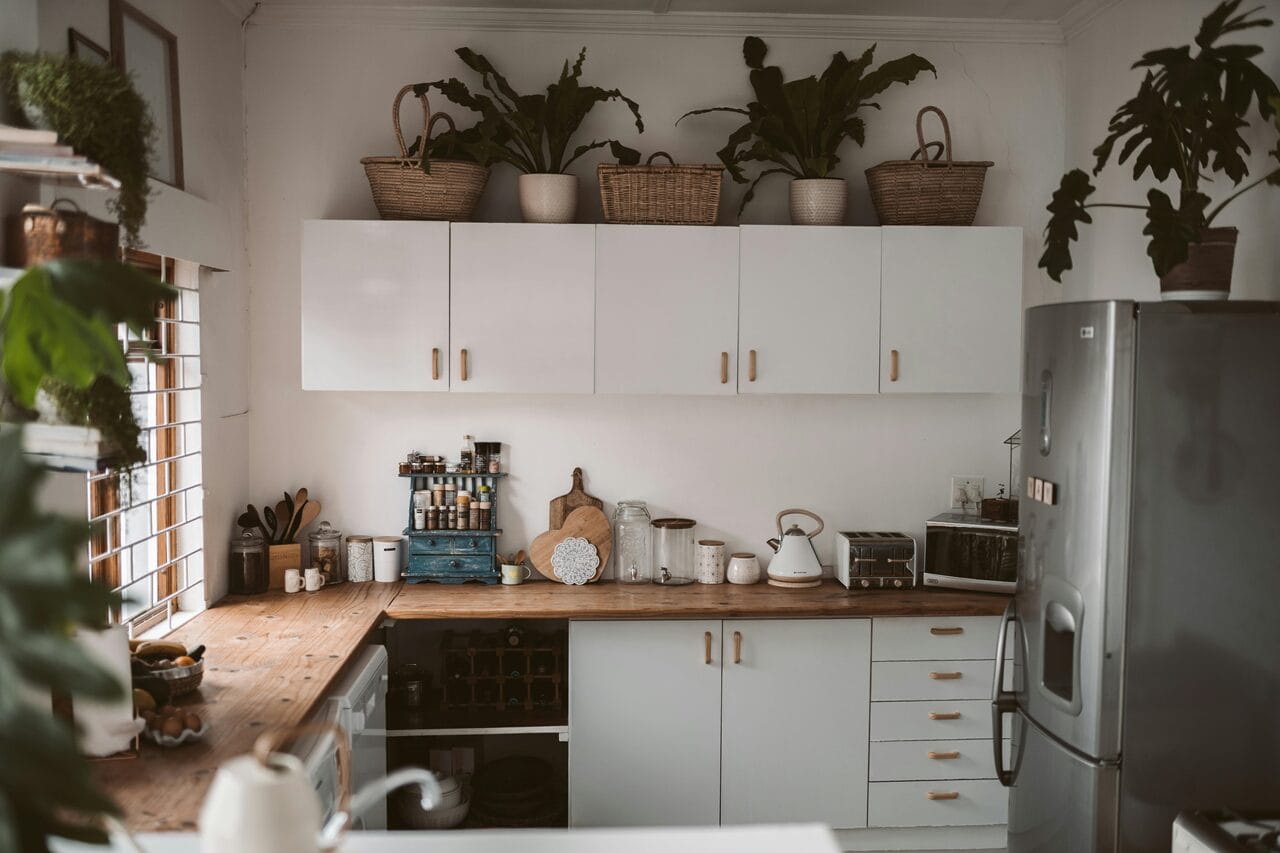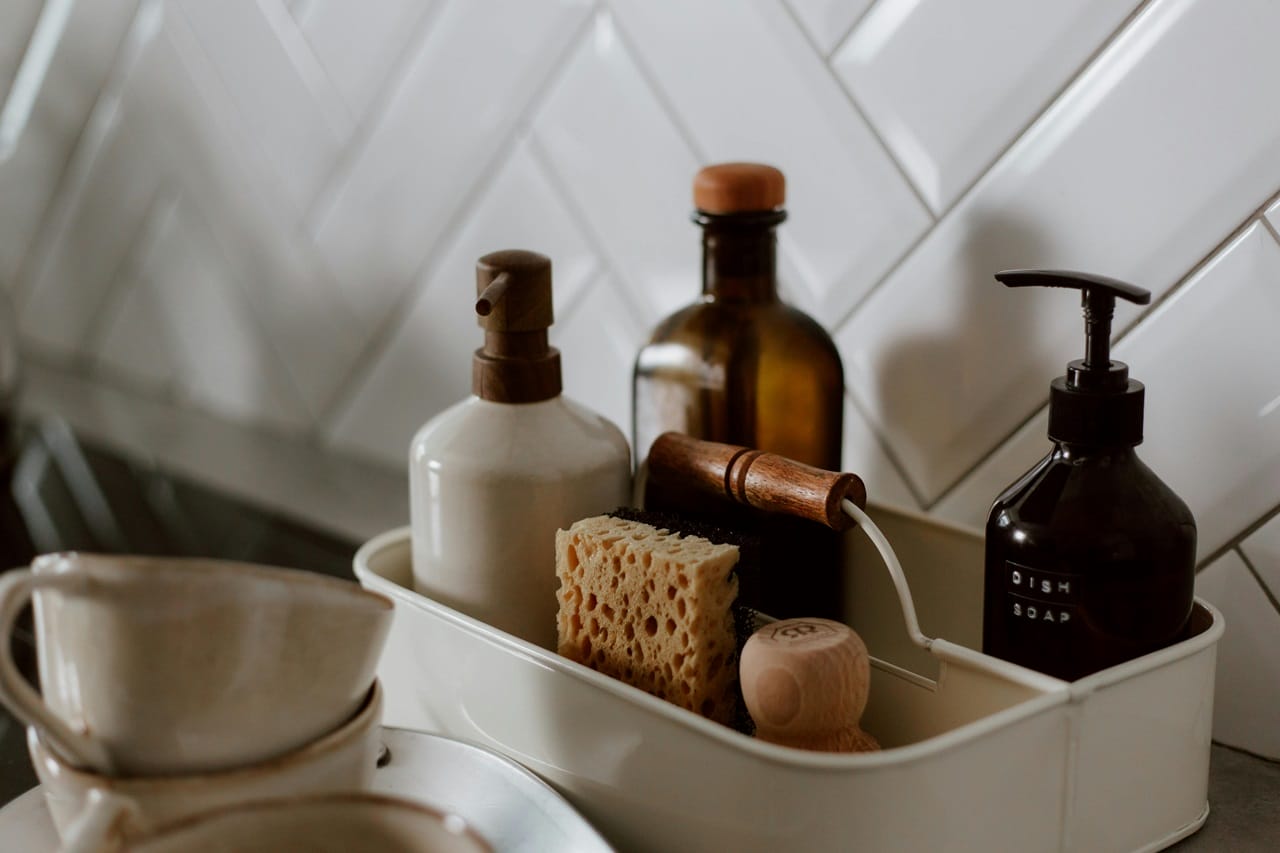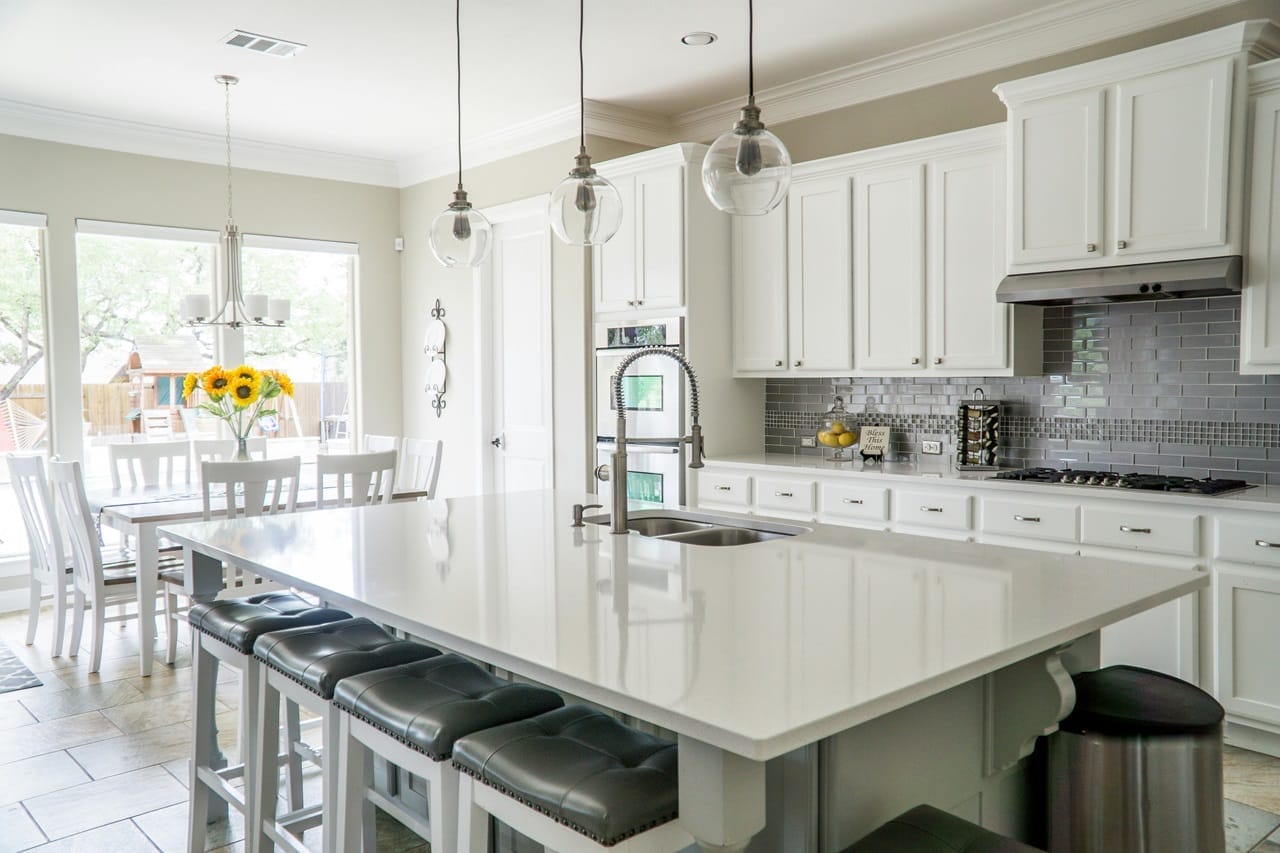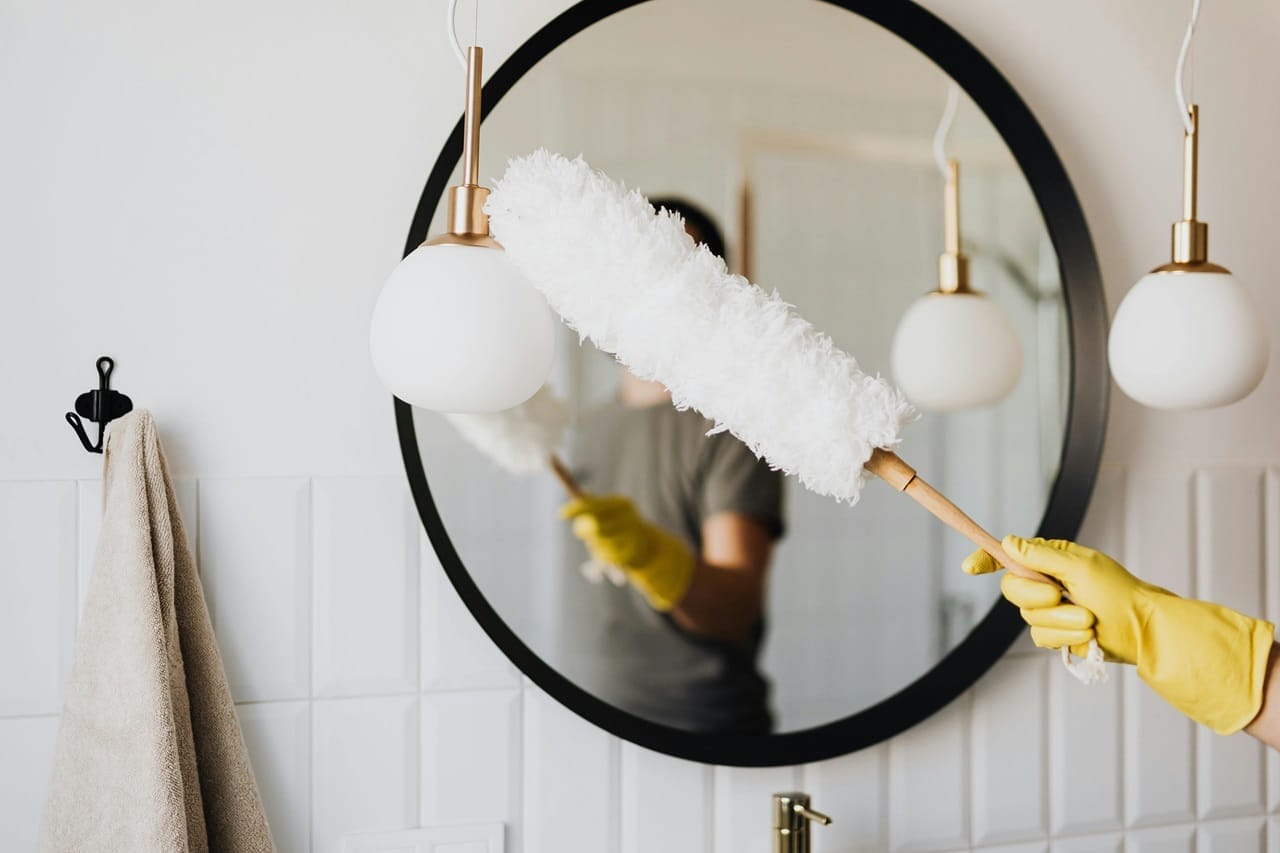Ensuring that a home is safe for children is a priority for every parent. Adapting safety measures to fit local contexts can significantly improve the protection of children from potential hazards in Nigeria, where household layouts, infrastructure, and lifestyles vary. This guide will cover essential steps parents can take to create a safe, child-friendly environment, whether in a bustling city or a more rural setting.
1. Secure Electrical Outlets and Appliances
Electrical safety is critical in every home, especially those with children:
- Cover Electrical Outlets: Use child-proof plug covers for all accessible electrical outlets. Curious children may try to insert objects into sockets, leading to dangerous electric shocks.
- Organize and Secure Cords: Ensure that cords from appliances like blenders, TVs, and lamps are tucked away and out of reach. Loose cords can be a strangulation hazard or cause trips and falls.
- Unplug When Not in Use: Unplug devices not in use to reduce the risk of accidents. Not only does this save energy, but it also minimizes the risk of children playing with potentially dangerous items.
2. Childproofing the Kitchen
Kitchens contain numerous potential hazards, such as sharp objects and hot surfaces. Here’s how to make your kitchen safer:
- Store Knives and Sharp Objects Out of Reach: Keep knives, scissors, and other sharp objects in locked drawers or cabinets.
- Use Stove Guards: If your stove is within reach, consider using stove guards to prevent children from touching hot surfaces or turning knobs.
- Designate a ‘Kid-Free Zone’: Establish a clear area around the kitchen where children are not allowed, especially when cooking is in progress. This helps keep them away from hot surfaces, hot oil, and steam.
3. Ensure Safe Storage of Cleaning Supplies
Cleaning supplies and chemicals, like bleach, detergents, and disinfectants, are often stored in the home but can be harmful if accessed by children:
- Store in Locked Cabinets: Keep all chemicals and cleaning products in a locked cabinet that is high and out of children’s reach.
- Use Child-Safe Locks on Cabinets: For extra security, use child-safe locks on cabinets to prevent accidental access.
- Label Clearly: Make sure all cleaning supplies are clearly labeled, and avoid transferring them into different containers that may look appealing to children.
4. Safeguard Against Falls
Falls are a leading cause of injuries in children, especially in homes with multiple floors or balconies:
- Install Safety Gates: If you have stairs, install safety gates at both the top and bottom to prevent young children from falling.
- Window Guards: Secure windows with safety latches or window guards, especially if you live in an apartment building or have multi-story homes.
- Avoid Slippery Surfaces: Rugs and mats that slip easily can cause falls. Use non-slip mats or add non-slip pads underneath rugs.
5. Prevent Choking Hazards
Young children tend to put objects in their mouths, which can pose a choking risk. Here’s how to minimize this hazard:
- Keep Small Objects Out of Reach: Small items like buttons, coins, and batteries can be easily swallowed. Store these items out of reach.
- Inspect Toys Regularly: Check that toys do not have small, detachable parts. Avoid toys with small magnets or batteries that could be swallowed.
- Supervise Mealtime: Ensure that young children are seated while eating, and serve food in bite-sized pieces to reduce choking risks.
6. Keep Furniture Stable and Secure
Children often climb furniture out of curiosity, which can lead to accidents if the furniture isn’t stable:
- Anchor Heavy Furniture: Anchor bookshelves, cabinets, and TVs to the wall to prevent tipping.
- Use Furniture Corner Protectors: Install corner protectors on furniture with sharp edges, especially low tables and countertops that are at a child’s height.
- Avoid Placing Tempting Items on Top of Furniture: Don’t place toys, remote controls, or snacks on top of furniture where children might be tempted to climb.
7. Water Safety for Bathrooms and Beyond
Even a small amount of water can be dangerous for young children. Here’s how to practice water safety:
- Always Supervise During Bath Time: Never leave young children unattended in the bathtub, even if there’s only a small amount of water.
- Install Toilet Locks: Curious children can fall into toilets, so consider using child locks on toilet lids.
- Empty Buckets and Containers After Use: In households that use buckets or basins, ensure they are emptied and stored upside down to avoid water accumulation.
8. Teach Basic Safety Skills
Equipping children with basic safety knowledge is essential as they grow:
- Teach About ‘No Touch’ Zones: Help children understand that some areas, like the kitchen, are only for adults.
- Explain Fire Safety: Teach children not to play with lighters, matches, or anything related to fire. Explain the importance of staying away from stoves and candles.
- Establish Emergency Protocols: Explain basic emergency numbers to older children, and practice what to do in case of emergencies, like finding a safe area during an earthquake or knowing how to call for help.
9. Plan for Emergencies
Preparing for emergencies can make a big difference in the event of an unexpected situation:
- First Aid Kit: Have a first aid kit readily available with items like bandages, antiseptics, and pain relievers. Familiarize yourself with basic first aid procedures.
- Post Emergency Numbers: Display emergency numbers in a visible area, like near the phone or on the fridge.
- Childproof Your Fire Safety Plan: Have smoke detectors installed and check them regularly. Ensure that emergency exits are clear and that older children understand where to go in case of fire.
10. Be Aware of Local Risks
In Nigeria, unique risks may exist depending on the region:
- Beware of Harmful Insects: Certain areas may have higher risks of mosquito bites or exposure to insects. Use mosquito nets and ensure that insect repellents are used in a safe way around children.
- Consider Natural Disasters: Some regions may experience seasonal floods. Plan for these situations and keep emergency supplies like drinking water, food, and essential medicines on hand.
Conclusion
Creating a kid-safe home in Nigeria doesn’t have to be complicated or costly. With these practical tips, you can minimize risks and create a nurturing environment where your children can explore and learn safely. Making these adjustments not only prevents accidents but also allows you, as a parent, to feel more at ease knowing that your children are in a safe, well-prepared home.







